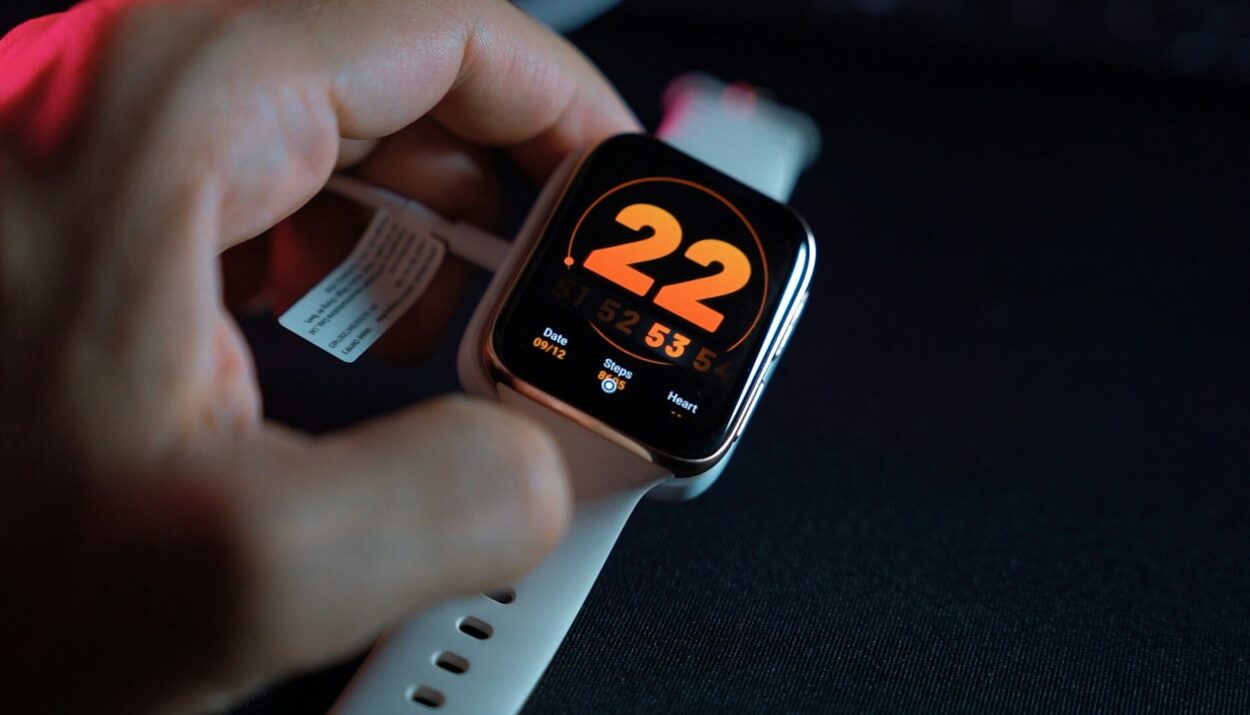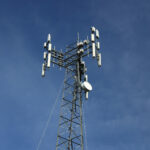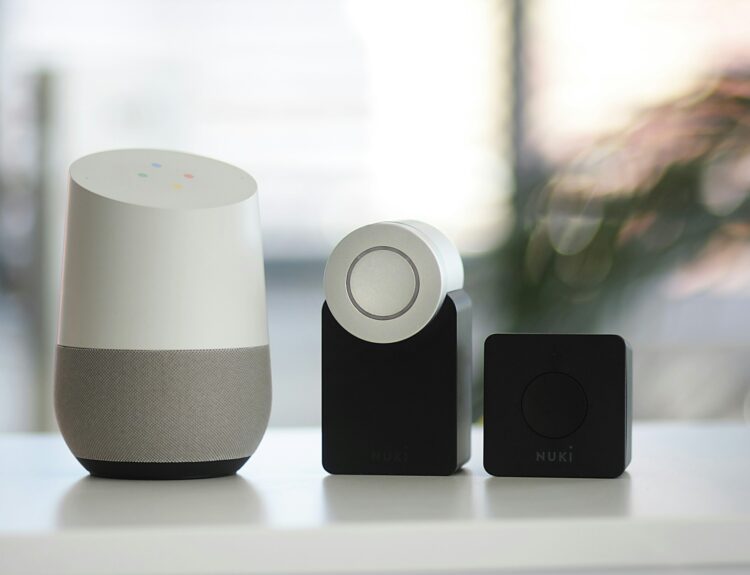The integration of technology into our daily lives is reaching new heights – and it’s not just smartphones that are epitomizing this tech takeover. A new wave of gadgets is making a significant impact, quite literally, on our physical selves. Welcome to the era of wearable technology: where your apparel isn’t just a fashion statement, it’s a functional, interactive piece of the high-tech ecosystem.
In this comprehensive exploration, we’ll look at the meteoric rise of wearables, their impact on various sectors, and what the future holds. Whether you’re an early adopter, a fitness aficionado, or a tech enthusiast, this blog post has something for you.
The Journey of Wearables: From Niche to Mainstream
The wearable technology market has evolved at an astonishing pace. What started with basic pedometer features in the mid-2000s has blossomed into a multi-billion dollar industry encompassing a wide range of devices designed to be worn.
The Early Years and the Smartwatch Revolution
In the early 2010s, smartwatches took their first tentative steps into the consumer market. Initially seen as mere smartphone accessories, these devices quickly began to evolve, adding standalone functionality and stylish design into the mix. The introduction of the Apple Watch in 2015 was a turning point, bringing with it a more significant level of mainstream acceptance and an exponential increase in features and capabilities.
The Fitness Tracker Phenomenon
Parallel to the smartwatch revolution, fitness trackers were gaining traction among the health-conscious crowd. Their simple yet effective method of monitoring physical activities, such as steps taken and calories burned, resonated with users looking to quantify and enhance their fitness regimens.
Beyond Smartwatches and Trackers
But wearable tech is not just about what you wear on your wrist. We saw the rise of more specialized gadgets such as smart rings that monitor sleep and heart rate, smart clothing that integrates biometric sensors, and even smart glasses that provide augmented reality experiences. This underscores the industry’s expansive reach and its potential to cater to a multitude of user needs.
The Impact on Health and Lifestyle
Wearables have significantly altered the way we approach our well-being and daily routines.
The Revolution in Personal Health Management
For many, wearables serve as miniature health hubs. They can monitor vital signs, track sleep cycles, and provide feedback on stress levels. This wealth of data empowers users to take a more proactive stance when it comes to their health. In some cases, these devices have even been instrumental in alerting wearers to potentially serious medical conditions.
Enhancing Fitness and Performance
In the realm of fitness, wearables have become essential tools. Athletes and fitness enthusiasts use them to analyze training data, set and achieve goals, and push their limits. From the casual jogger to the professional athlete, wearables have empowered users to optimize their performance and see tangible improvements.
The Business and Enterprise Angle
The adoption of wearable technology isn’t limited to personal use. It has also made significant inroads into the business world.
Workplace Productivity and Safety
Companies are leveraging wearables to improve workplace safety and enhance productivity. Devices with built-in sensors can monitor environmental factors, such as air quality, and alert workers to potential hazards. Wearable tech, when used alongside other devices and systems, can also streamline work processes and provide valuable, real-time data for decision-making.
The Potential for Specialized Applications
Various industries are recognizing the potential for specialized applications of wearables. In healthcare, wearable devices are being integrated into patient care plans, providing doctors with continuous health metrics and patients with tools to actively participate in their treatments. In retail and hospitality, staff equipped with wearables can offer a more responsive and personalized customer experience.
Privacy and Ethical Considerations
The proliferation of wearables has not been without its controversies, especially when it comes to privacy and the ethical implications of constant personal data monitoring.
Data Security and the Cloud
With wearables comes a wealth of personal data – from physical activity logs to sleep patterns. The secure storage and handling of this information have become a significant concern for consumers and legislators alike. Companies must ensure that robust data security measures are in place to protect this sensitive personal information from breaches.
The “Always On” Dilemma
Wearables that constantly monitor our activities and health can raise questions about personal privacy. Users may wonder who has access to this data and how it’s being used. At the same time, the idea of being “always on” from a health monitoring standpoint can be unnerving for some, leading to questions about the psychological impact of continual self-surveillance.
The Future Outlook: Innovation and Integration
The trajectory for wearables points towards deeper integration with our lives and more innovative uses.
The Path to Seamlessness
The vision for the future of wearables is one of seamlessness. We’re entering an era where technology has become so integrated into our clothing and accessories that they are almost imperceptible. We’re already seeing strides in this direction with clothing that can charge your devices and glasses that can display information without intruding on your field of vision.
The Role of AI and Machine Learning
Artificial intelligence and machine learning will play pivotal roles in the evolution of wearables. These technologies will not only improve the accuracy and interpretation of the data collected but will also enable wearables to learn from user behavior. This, in turn, can lead to more intelligent, personalized, and anticipatory features.
Environmental and Sustainability Considerations
The wearable tech industry has recognized the need to address environmental concerns. Companies are exploring ways to make their devices more sustainable, using eco-friendly materials, and developing products with longer usage life cycles. Additionally, there’s a growing trend towards ‘upgradability’ over ‘disposability’, with modular designs that allow users to update components rather than replace entire devices.
Conclusion: Wearables in the Fabric of Our Lives
Wearable technology is not just a trend; it’s a transformation. It’s redefining the way we work, the way we exercise, and the way we manage our health. It’s also casting light on important questions of privacy and data security. Overall, it’s an exciting time to be a part of the wearable revolution, as we witness the endless possibilities these devices offer to enrich and improve our daily experiences.
Stay tuned to the pulse of this burgeoning field, and keep your eyes peeled – or rather, your smart glasses ready as we continue to uncover the potential that wearable tech holds for the future of humanity. With every heartbeat and every step, the data is clear: wearables are here to stay. And they’re not just an accessory to the tech world; they just might be transforming it.






